A ravenous bat, a group of elephants seeking shelter and a bubble-breathing lizard are just some of the photos in an amazing showcase of nature’s wonderful creatures unveiled in this year’s BMC image competition. However, it’s the photo of a “zombie” fungus-infected fly the one chosen as the overall winner in the journal’s annual contest
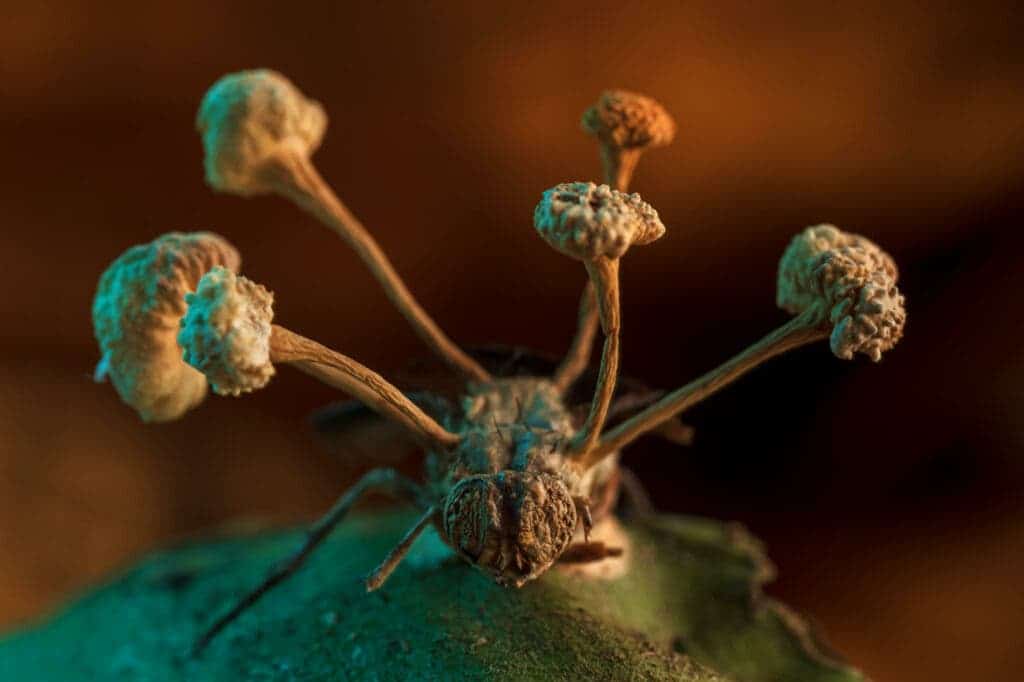
For the second time, the open-access journal BMC Ecology and Evolution has produced a fantastic collection of images that show the wonders of the natural world and highlight the need to protect it. All the images are freely available under a Creative Commons license and are taken by photographers from different parts of the world.
The overall winner captures something that could be out of science fiction- the body of a parasitic fungus erupting from the body of a fly. Evolutionary biologist Roberto García-Roa captured this image in the Peruvian jungle of Tambopata. The fungus belongs to the genus Ophiocordyceps and is known as “zombie” as it infects insects.
First, spores of the fungus land on the fly, infiltrating in the exoskeleton before infecting its body and hijacking its mind. Once in control, the fungus uses its power to relocate to a climate more suitable for its own growth. Fungus and fly then live together until the fly eventually dies, becoming a food source for the fungus to eat.
“The spores of the so-called ‘zombie’ fungus have infiltrated the exoskeleton and mind of the fly and compelled it to migrate to a location that is more favorable for the fungus’s growth. The fruiting bodies have then erupted from the fly’s body and will be jettisoned in order to infect more victims,” Roberto García-Roa said in a statement.
The other leading winners
As well as the fungus winning image, the judges also selected winners and runner-ups in four categories: Relationships in Nature, Biodiversity Under Threat, Life Close Up, and Research in Action. The images feature the relationship between species, the efforts of researchers seeking to protect nature, and the intricacies of life on Earth.
Alwin Hardenbol, a researcher at the University of Eastern Finland, was the winner in the Relationships in Nature category. The image captures the strong relationship between a bird, Bohemian Waxwings (Bombycilla garrulus), and rowan trees due to the berries they produce. The photo was taken in Finland, where Hardenbol is based.
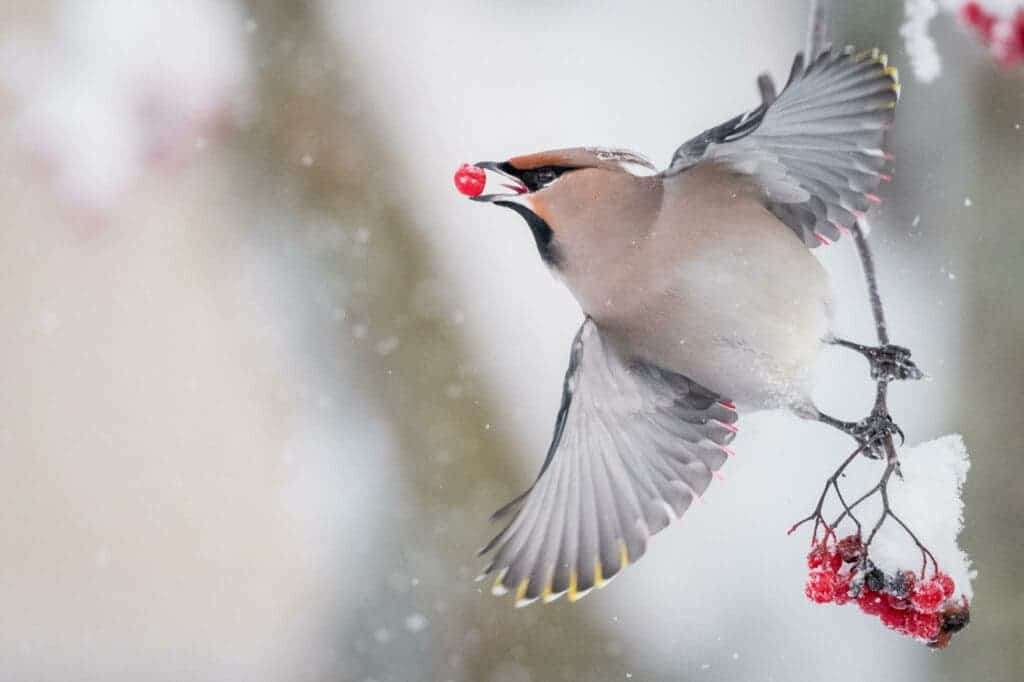
“This easily recognizable image evokes an immediate response from the viewer, clearly communicating action, reaction and interaction, including biotic and abiotic player,” Luke Jacobus, a BMC editorial board member, said in a statement. “This image captures an ecological relationship forged through creative evolutionary forces.”
Samantha Kreling from the University of Washington captured the winning image for the category Biodiversity Under Threat. The photo shows a group of African elephants taking shelter from the sun under a big Baobab tree as drought strikes Mapungubwe National Park in South Africa. The Baobab tree can live over 2,000 years, Kreling adds.
However, studies have shown that these trees are victims of climate change. “Elephants have long gouged water from the trunks of these fast-healing trees, but as temperatures rise, the elephants are now doing more damage than the trees can cope with,” Kreling explains, asking for further action to prevent the loss of these iconic trees.
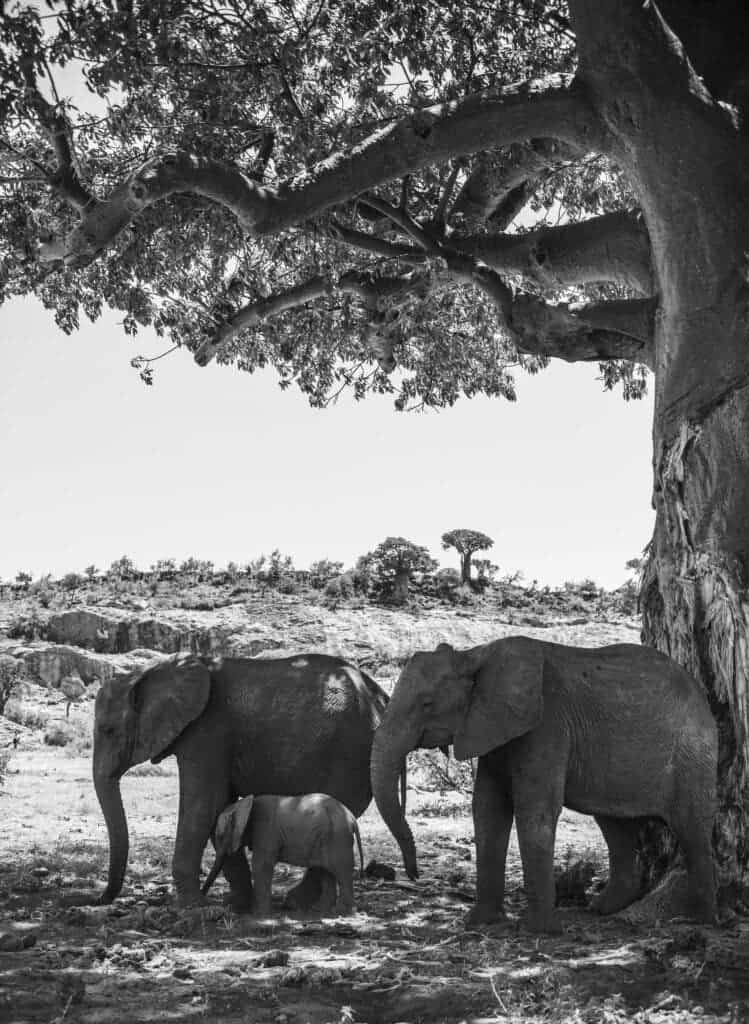
Brandon André Güell, a Costa Rican-American PhD student researching the gliding treefrogs at Boston University, was the winner of the Life Close Up category. The photo pictures gliding treefrog siblings, Agalychnis spurrelli, at an early stage of their development within their eggs. The embryos’ bodies are clearly visible in the photo.
“These eggs were laid after a torrential wet-season rainstorm triggered an explosive breeding event on Costa Rica’s Osa Peninsula. During these events, thousands of gliding treefrogs come together to reproduce and leave behind hundreds of thousands of eggs, most of which die from desiccation, predation, and fungal infection,” Guell explained.
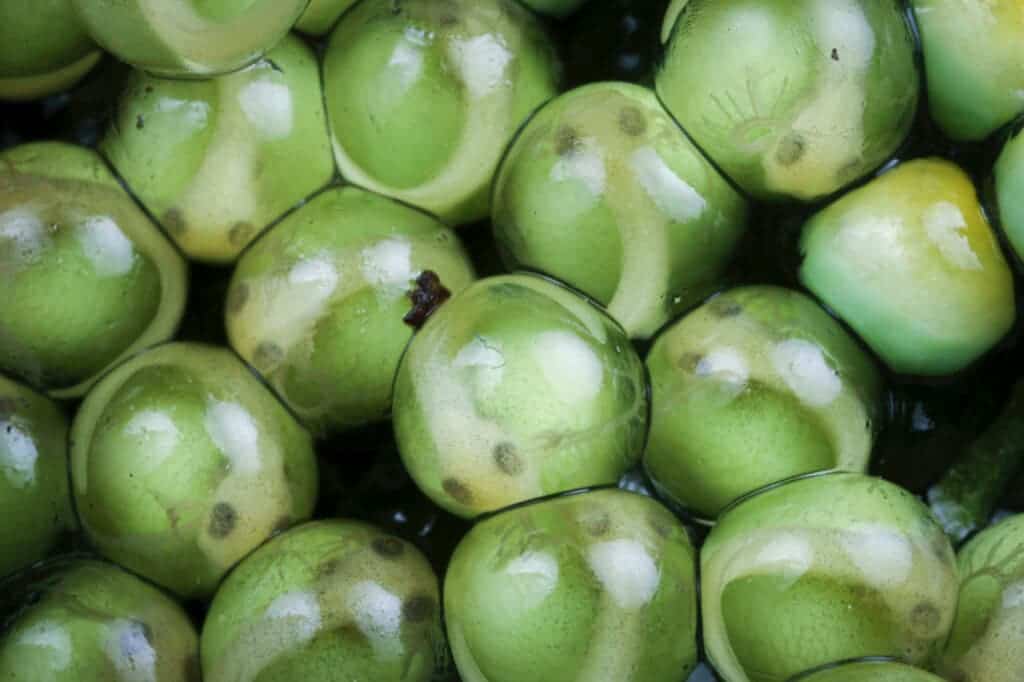
Jefferson Ribeiro Amaral, a biologist working at Cornell University, won for best image in the category Research in Action. The photo shows two researchers from the State University of Rio de Janeiro doing fieldwork in the middle of the Covid-19 pandemic during thunderstorms. Amaral took the photo while working as a research technician in the university.
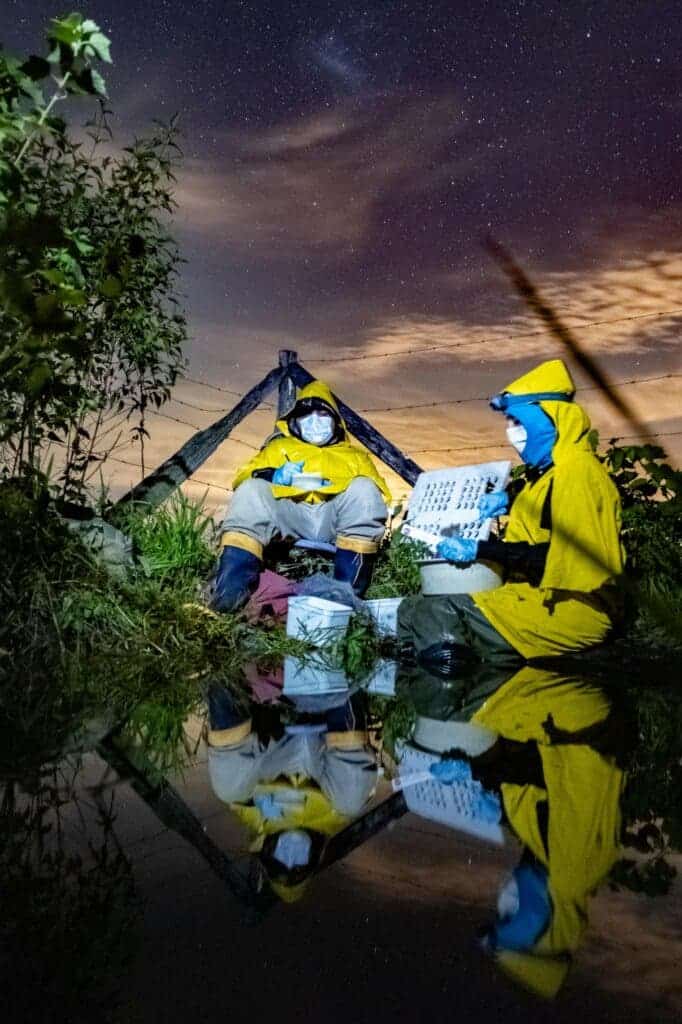
The winning images were selected by the editor of BMC Ecology and Evolution, Jennifer Harman, and senior members of the journal’s editorial board. Harman said in a statement that the winning images were picked for the scientific stories behind them and for the technical quality and beauty of the images themselves.









